An ATV that has a clutch is considered a manual transmission ATV, unlike an automatic transmission ATV that does all the shifting for you. Driving a manual ATV is actually pretty easy once you get the hang of it. After a while it becomes second nature and you will be able to ride without even thinking about it too much. You will need to be able to coordinate between your hands and your feet to shift. I will go over step by step exactly how to start, get into gear, and shift with a manual ATV.
First, lets go over the components you will need to know to drive an ATV with a clutch.
It’s best practice to start the quad when it’s in the neutral gear. It is possible to start the ATV in any gear as long as you hold in the clutch lever. Remember, when you pull in on the clutch lever, you’re essentially putting the quad in neutral, as long as you’re holding in the clutch.
If you start your quad in gear, you need to pull in on the clutch and start the engine. Be careful though, if you let go of the clutch with the engine running and the transmission in gear, you will stall and could do damage to your transmission. I only start mine in neutral so that way I can let off the clutch and the quad will idle, and I suggest you do the same.
Be careful though, if you let go of the clutch with the engine running and the transmission in gear, you will stall and could do damage to your transmission. I only start mine in neutral so that way I can let off the clutch and the quad will idle, and I suggest you do the same.
To get into neutral before starting the quad, you need to pull in on the clutch lever and use your left foot shifter to find neutral. Neutral is usually located between 1st and 2nd gear. You typically won’t be able to get into neutral from 2nd gear though. You should shift to 1st gear by clicking down on the foot shifter, all the way down to 1st gear. Then lightly shift a half click up into neutral. A full click up from 1st gear will put you into 2nd gear, a half click up will put you into neutral.
This is the part that everyone gets hung up on, I know I did when I first learned. It’s really not that hard once you get the hang of it though, it takes some practice. Don’t let yourself get discouraged too easily and you’ll be just fine.
Start off by being in neutral with the engine running. Pull in the clutch lever and hold it in. Now shift into 1st gear by pressing down on the shifter with your foot. To start accelerating, you need to give it some gas with the throttle while you slowly let out the clutch. You have to do these at the same time, that’s what usually gets people.
When you feel the clutch engage, the quad will start to move forward and you can let go of the clutch all together. You’re now in 1st gear moving forward. Be careful though, if you come to a stop without pulling the clutch back in, or getting back into neutral, the ATV will stall.
It may help to just practice getting the quad moving in 1st gear using the clutch and throttle for a bit. Every quad is a little different so it’s hard to say how much throttle to give, and how far to let the clutch out before it grabs. A good starting point though is to try about half throttle, and let the clutch out slowly until you get a good feel for it.
If you keep stalling your engine, you’re either not giving enough gas or you’re letting the clutch out too quickly. If the front end lifts up on you, you’re probably giving it too much throttle when you let the clutch out. It may take patience to get the hang of, but just take it easy and practice.
Once you’ve got the ‘start driving’ part down you’ll want to go faster. Luckily this isn’t as hard as getting the quad moving in the first place. To shift up a gear you want to be about 75% or more of the rpm range for your engine. You typically want to shift up in the higher rpm ranges or you will just bog down the engine. For example, being in 4th gear but only going 5mph will give you no power, and you might even stall.
To shift up, you have to let off the throttle and pull in the clutch lever all the way. With your left foot, pull up on the shift lever into the next higher gear then let the clutch out and give it throttle. Keep in mind when switching from 1st to 2nd you need to do a full click up to shift, a half click will put you in neutral.
Keep in mind when switching from 1st to 2nd you need to do a full click up to shift, a half click will put you in neutral.
If you feel more comfortable slowly letting the clutch out and giving gas at the same time like you did to start in 1st, that’s fine. It is not necessary though. That’s why I think shifting between gears is easier than starting out in 1st. Because you can just let off the gas, pull in the clutch, shift, let go of clutch all together, and give it gas again. You’ll be able to do this faster with time, and it becomes second nature after a while.
To downshift you do the same steps except press down on the shifter with your left foot. Keep in mind that if you down shift at a high speed you will red line your engine and could cause damage. Downshifting is only really needed when you’re slowing down. What I do is just hold the clutch in whenever I’m slowing down, and once I’ve slowed to the speed I want, I shift down into the gear best suited for that speed, and let the clutch out.
You really do need to know what gear is best for the speed you’re going. Unlike shifting up through gears, you can shift down through multiple gears at a time depending on how much you slowed down. If your ATV doesn’t have a speedometer, the best you can do is just get a feel for what speed you’re going and what gear you should be in.
This is the easiest part, but the most important, you should definitely know how to stop before you even try riding an ATV with a clutch. To come to a complete stop simply let off the throttle, hold in the clutch, and apply the front and rear brakes until you’ve stopped moving. You can down shift while you’re slowing down or wait until you’ve stopped to down shift all the way to 1st gear. Either way, it’s important that you hold the clutch in this entire time. Once you’re into 1st gear, do a half click shift up into neutral. Now you can let off the clutch and the engine will idle.
The front brake is applied by using the front brake lever on the right side of the handle bars. The front brake is typically about 3/4 of your stopping power. Some people never even touch their rear brakes at all, which is fine. To use your rear brakes apply the foot brake by your right foot. The rear brake becomes more useful when you start to learn more advanced braking and cornering, or if you just like to skid to a stop.
The front brake is typically about 3/4 of your stopping power. Some people never even touch their rear brakes at all, which is fine. To use your rear brakes apply the foot brake by your right foot. The rear brake becomes more useful when you start to learn more advanced braking and cornering, or if you just like to skid to a stop.
That’s it! now it’s time to practice, a lot. You’ll get the hang of it and you’ll want to start trying more advanced maneuvers in no time. As always, remember to wear proper safety gear. At the very least, make sure you wear a helmet, goggles, and a decent pair of boots. If you want to check out some gear I’ve tried, tested, and recommend myself, check out the Recommended Gear section of this site.
Sharing is caring!
 And with eight models in our 2023 Honda Rancher lineup, you have plenty of freedom to pick and choose the one that’s a perfect fit for you. There’s a wide combination of features like our automatic DCT transmission, swingarm- or Independent Rear Suspension, Electric Power Steering, Electric Shifting, and more. But the best parts stay the same: Every one has rugged front and rear racks and our longitudinally mounted 420cc engine. There are even some new color choices this year, including Black Forest Green. So take your pick, and then discover for yourself which Honda Rancher is right for you.
And with eight models in our 2023 Honda Rancher lineup, you have plenty of freedom to pick and choose the one that’s a perfect fit for you. There’s a wide combination of features like our automatic DCT transmission, swingarm- or Independent Rear Suspension, Electric Power Steering, Electric Shifting, and more. But the best parts stay the same: Every one has rugged front and rear racks and our longitudinally mounted 420cc engine. There are even some new color choices this year, including Black Forest Green. So take your pick, and then discover for yourself which Honda Rancher is right for you.Important Safety Information: Recommended for riders 16 years of age and older. Honda recommends that all ATV riders take a training course and read their owner's manual thoroughly.
Download Brochure
Loading
BASE MSRP $5,899
BUILD DETAILS
BASE MSRP $7,699
BUILD DETAILS
BASE MSRP $6,999
BUILD DETAILS
BASE MSRP $7,999
BUILD DETAILS
BASE MSRP $8,699
BUILD DETAILS
BASE MSRP $8,199
BUILD DETAILS
BASE MSRP $7,299
BUILD DETAILS
BASE MSRP $6,199
BUILD DETAILS
Available on select FourTrax utility ATVs, out Automatic DCT takes care of the shifting so you don't have to
The Rancher’s Honda Automatic DCT transmission offers strong internals, fast shifts, excellent control, true compression-braking capability, and an automatic program that upshifts and downshifts while you concentrate on riding. It’s one of the best available choices you can make.
It’s one of the best available choices you can make.
Being able to count on crisp performance and starting under any conditions is a must for anyone who depends on their ATV. Thanks to Honda Programmed Fuel Injection (PGM-FI)—featuring a 34mm throttle body, 12-hole injector, and an oxygen sensor that allows the fuel mapping to instantaneously adjust to any riding condition—the Rancher not only ensures trouble-free operation in the cold and at varying altitudes, it reduces emissions and enhances fuel efficiency.
Prior Model Year with Pre-production Tires Shown
The Rancher Automatic DCT with Independent Rear Suspension (IRS) has over 8 inches of travel and 9 inches of clearance. That returns two big benefits: first, it helps ensure constant tire contact with the ground for superior traction; second, it gives you a smooth ride over rough terrain, so you don’t get beat up on the trail.
The Rancher’s racks feature strong steel construction and a large flat area. Better still, they’re designed so it’s easy to attach and remove cargo boxes and other accessories in our Honda Pro-Connect™ line, adding to your Rancher’s versatility.
Loading
DCT EQUIPPED RANCHER SHOWN
With smooth power, true compression braking and optimal traction everywhere, you get even better control.
DCT EQUIPPED RANCHER SHOWN
Smooth power delivery means you can motor up and over large rocks at speeds that let you plan your next move.
This is tough, reliable Honda technology at its best, proven for years in hundreds of thousands of units.
Because our DCT is so efficient, more power gets to the ground. Plus, there are no belts to slip, break, or burn up.
Plus, there are no belts to slip, break, or burn up.
Every DCT offers a Manual Mode where you can shift on command with a pair of paddle-type shifters mounted on the handlebars.
BASE MSRP $7,799
BUILD DETAILS
BASE MSRP $7,599
BUILD DETAILS
BASE MSRP $8,299
BUILD DETAILS
BASE MSRP $8,799
BUILD DETAILS
BASE MSRP $9,499
BUILD DETAILS
BASE MSRP $9,999
BUILD DETAILS
Articles
02 Dec
Any wheeled vehicle - from a bicycle to a multi-ton truck - has a transmission in its device: a system that transmits rotation from the engine to the wheels. The operation of the transmission - and therefore the speed of driving - can be controlled by shifting gears.
Gear shifting is organized differently in each mode of transport. In the article below, we will tell you exactly how to shift gears on ATVs, and what gearboxes are found on such equipment.
Gearboxes for ATVs can be of two types:

Rare and mostly found in older models, but other variations can be found. For example - "automatic" with the ability to manually shift gears.
Manual ATVs are a little more difficult to drive (at least at first, until you get used to it), but you can more accurately select the appropriate mode. And vice versa: CVT "boxes" are much easier to operate, they are easy to master for a beginner who gets behind the wheel of an ATV for the first time. But on the other hand, with active driving along a route with variable difficulty, riding a CVT will be a little less convenient.
For example: you are driving on a flat packed dirt road on H and you see a large stretch of muddy road ahead with deep mud (or a steep hill, or bumps, or stones). You will have to come to a complete stop and shift to L, drive through mud, and when you get back on a dry road, come to a complete stop again and shift back to H.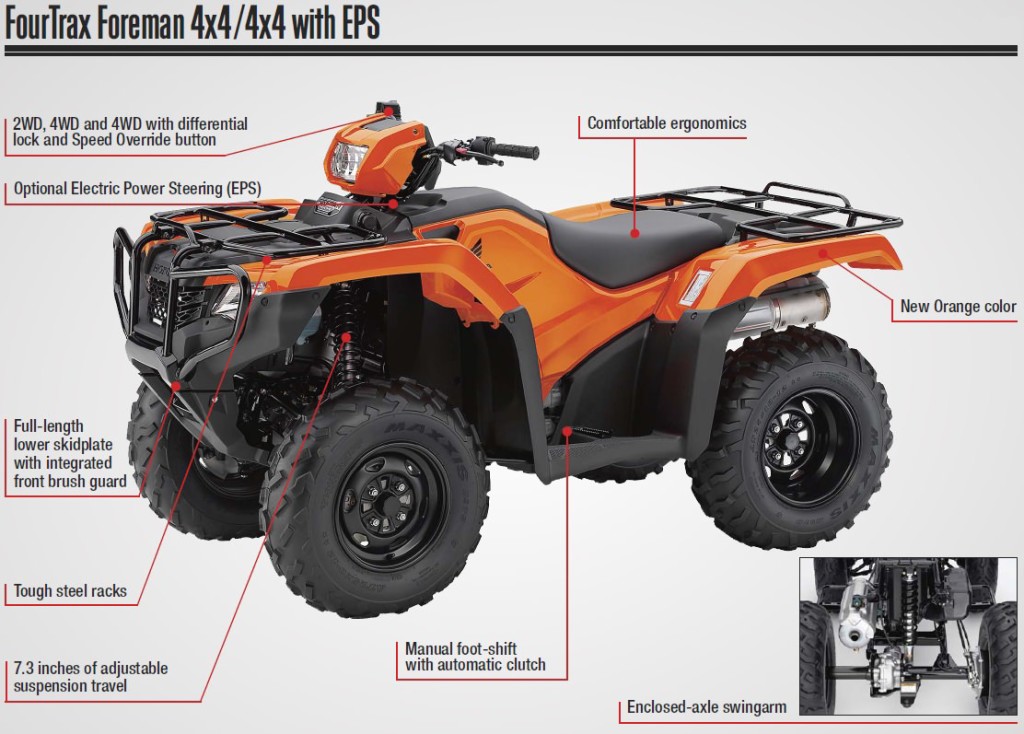 , like motorcycles, and a manual clutch lever on the handlebar on the left.
, like motorcycles, and a manual clutch lever on the handlebar on the left.
The foot lever device can be of two types:
The shift itself is carried out in the same way as on motorcycles:
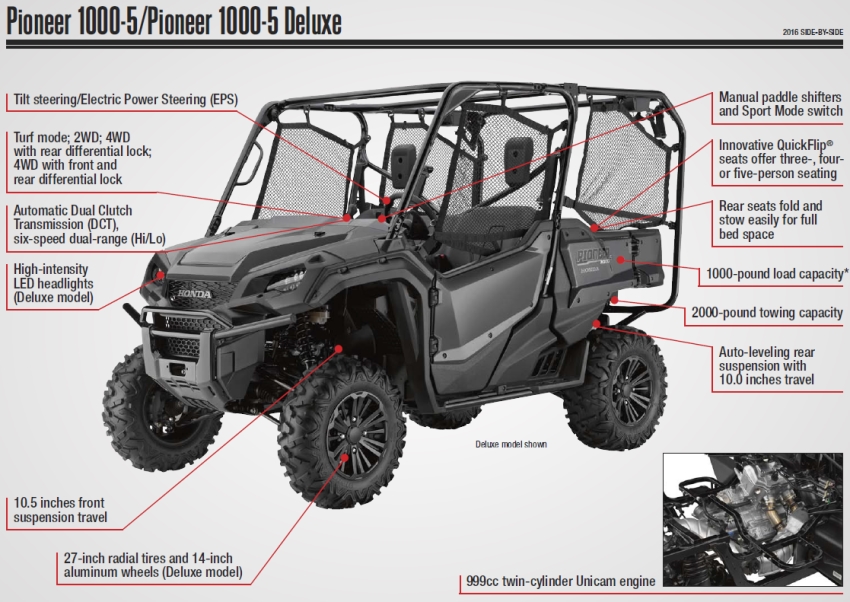 If you have experience driving any vehicle with a manual transmission, you will quickly get used to an ATV with such a gearbox.
If you have experience driving any vehicle with a manual transmission, you will quickly get used to an ATV with such a gearbox. When exactly to switch speeds up and down is determined by the tachometer, speed, road complexity, weight of the load taken and the characteristics of the ATV itself (power, weight).
CVT gearboxes are much more common on ATVs. The clutch in them does not need to be squeezed out, and the “mode” of driving forward is selected from two (most often) options: in high (suitable for driving on an easy route) or in low (for difficult sections, steep climbs and towing) gears.
An important difference from driving in a manual transmission: switching between L and H is carried out only when the ATV is completely stopped, with the brake applied. To select a mode, move the knob to the desired position. Switching between L and H on the go is impossible.
The rest of the gears - park, neutral and reverse - of course, are also included when the ATV is standing still.
Yes, almost an automotive six-speed automatic transmission. No belt, no CVT, no monotonous high-pitched engine sound in all modes. Let's get acquainted with the Honda Pioneer 1000.
A bit of history.
In 2014, Honda released the Pioneer 700, which took a special place in the market at the time. The model had good characteristics and confidently "kept" the road.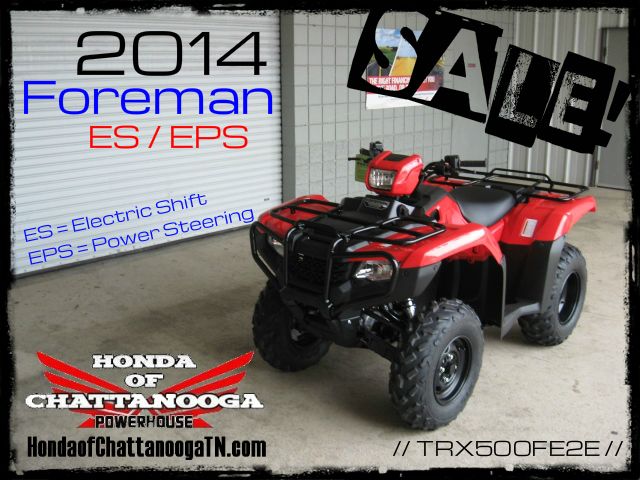 However, it is still a strong model.
However, it is still a strong model.
As time went on, competitors Polaris and Kawasaki released response products. And then Honda, having collected all its accumulated experience, releases a new product that can “bring down” the modern market. And not only to bring down, but also to go to the next level! The new model easily competes with BRP Commander and Defender, Polaris Ranger and General, and surpasses them in some parameters. For example, let's compare the sizes of minibuses from Polaris and BRP:
Honda Pioneer 1000-5 (5 seats), Polaris RZR 4 (4 places), CAN-am Maverick 4 (4 places)
Long 294 cm 371 cm
width 160 cm 162 cm 162 cm
We are talking about 5 locations in Honda. And if you use only 4 seats, you can take even more luggage. The difference in length is 80 cm! On tight forest raids, this is very useful.
Appearance of the model looks more polished, fixed a bug where the color scheme of the door did not match the side panels. Door handles are located very conveniently - on the maps, so once again you will not get dirty with dirt.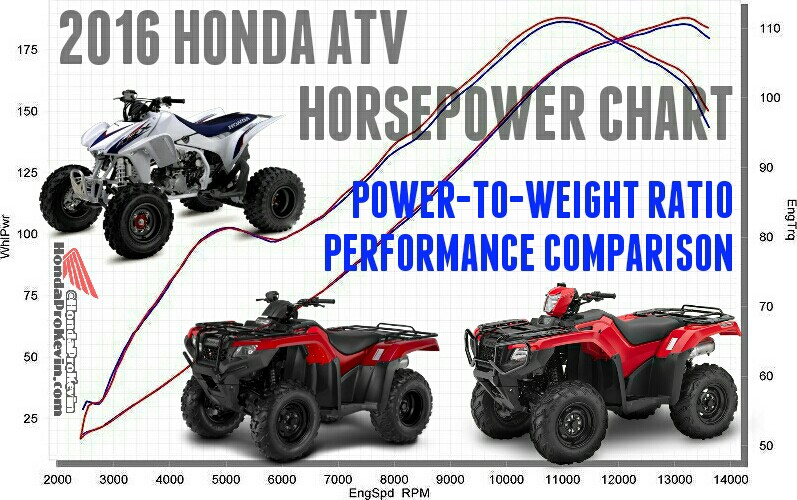 Deluxe and Limited Edition (LE) models feature LED headlights and taillights, 14-inch wheels and 27 tires.
Deluxe and Limited Edition (LE) models feature LED headlights and taillights, 14-inch wheels and 27 tires.
Climbing into the driver's seat, you feel a change - it is slightly raised and pushed forward. The overview is clearly improved. Legs and lower body of passengers are better protected, which is important! The seats fold down comfortably, offering plenty of luggage space underneath.
Creating a novelty, Honda has put in the model a completely new motor with the highest performance among its own model range. Engine - four-stroke with two cylinders and injection injection with electronic control. Volume - 999 cm3. Power 72 l/s.
The engine is displaced from the center of the chassis, which reduces frictional resistance, due to the optimal exit of the cardan shafts from the transmission.
And yes, the transmission! This is a separate issue!
The Pioneer 1000 offers a fully automatic 6-speed dual clutch transmission (DCT). Switching takes place without breaking the transmission of torque. The LE model is additionally equipped with the I-4WD system, which remembers the driving style and adapts to the driver.
The LE model is additionally equipped with the I-4WD system, which remembers the driving style and adapts to the driver.
We start the engine. The sound of the engine is quiet and “smooth”, two cylinders and a liter volume are radically different from the usual rumble of seven hundred. The gearbox works smoothly, giving the illusion of driving in a conventional automatic car. A separate processor controls gear shifting. Electronics constantly monitors the driver's style and driving style and offers the most efficient gear modes, reducing fuel consumption.
There are three modes of DCT transmission: full automatic, sport and manual. The first is a classic automatic, the second is electronics allows the engine to spin to higher revs in each of the gears, the third is manual mode. In manual mode, gear shifting is done under the steering paddles!
Transmission modes are selected by a separate lever. The following modes are available: TURF - 2WD - 4WD - 4WD Diff Lock with full lock. The Hill-Start-Assist system will help you start driving on a slope. You can safely stop on a steep hill, activate the system by pressing the brake pedal harder than usual, then put your foot on the gas pedal and start moving without rolling back.
The Hill-Start-Assist system will help you start driving on a slope. You can safely stop on a steep hill, activate the system by pressing the brake pedal harder than usual, then put your foot on the gas pedal and start moving without rolling back.
When driving on dry ground, the car is stable, does not slip and has no tendency to stall, it drives quite confidently along the highway. In heavy mud, the Honda Pioneer 1000 rides about the same as classmates from BRP and Polaris, while there is no risk of burning or breaking the belt. When using the gearbox in manual mode, in combination with a low gear, very smooth starting is achieved even in the most difficult conditions. Moving in any automatic transmission mode, you can always use the steering wheel switches and set the desired gear. The wheel arches and Honda's margin of safety allow you to install 30 wheels with the most serious tread and boldly storm any terrain.
The load capacity of the body is an impressive 450 kg. , The machine easily tows loads up to 900 kg.
, The machine easily tows loads up to 900 kg.
The new model is offered in the following basic modifications: Honda Pioneer 1000 and 1000-5. The first is a three-seater model, the second is a five-seater with rear hinged doors and two additional seats that fold out from the floor of the body. The body of both modifications rises, giving access to the engine and other components. All seats, including folding ones in the body, are equipped with seat belts. Five-seater models are equipped with a system for maintaining a constant suspension level, regardless of the load.
Official dealers do not offer the Honda Pioneer 1000 in our market, but this does not mean that it cannot be bought. The price of the most luxurious configuration of 1000-5 LE in matte gray metallic is $34,900. Delivery time to Moscow - 2-3 months. Those who wish to purchase can contact Category A.
Creative video about INTERPARTS
actuators Watch with sound, cover the children's ears, after watching buy the actuators here
03/16/2015
BRP Can-Am Maverick Interparts drive installation instructions
Step-by-step instructions for installing or replacing an Interparts drive, with comments.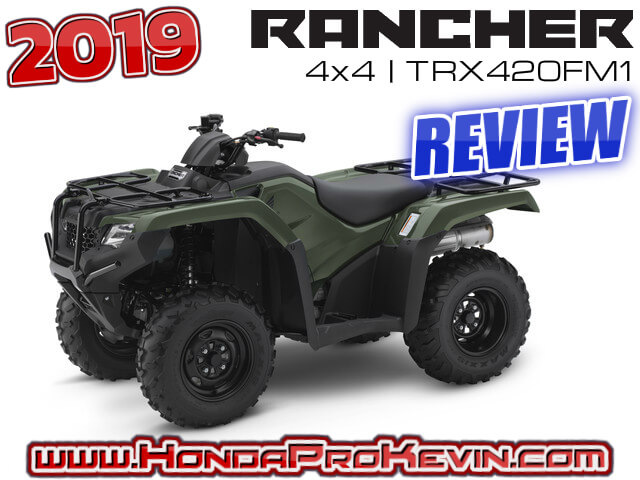 Recommended for viewing on your own...
Recommended for viewing on your own...
02/26/2015
You can save a person!
01/22/2020
Yamaha 2019 - the latest news
For Yamaha, 2019 turned out to be fruitful: several new products appeared on the Russian market for lovers of two...
08/26/2019
Sherpa pulls snowmobiles out of the water!
Is everything all right here? Why are snowmobiles in the water?
08/21/2019
Taiga Motors - new electric snowmobile
Taiga Motors, developer of electrical snowmobiles, announced the line of third -generation electric shifters under named ...
06/13/2019
SHERP
SHERP MAX - new model - new model - new model - new model - new model grew in size and became more comfortable.
05/26/2019
Nikola NZT electric buggy
Nikola Motors introduced the NZT off-road buggy. The novelty is equipped with four electric motors, capable of accelerating ...
04/18/2019
2020 Yamaha snowmobiles
After the release of the 2019 line, many people wondered what Yamaha had in store for the future.